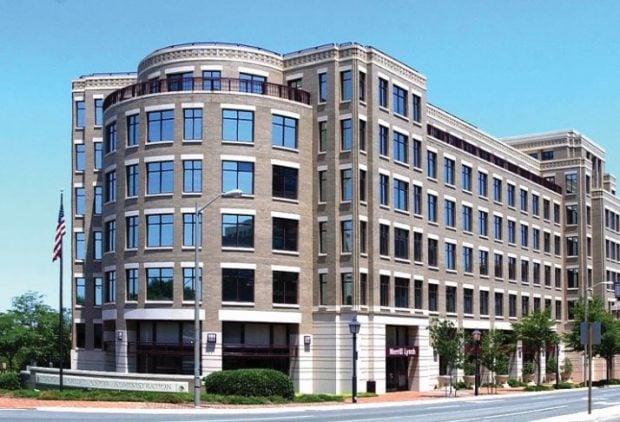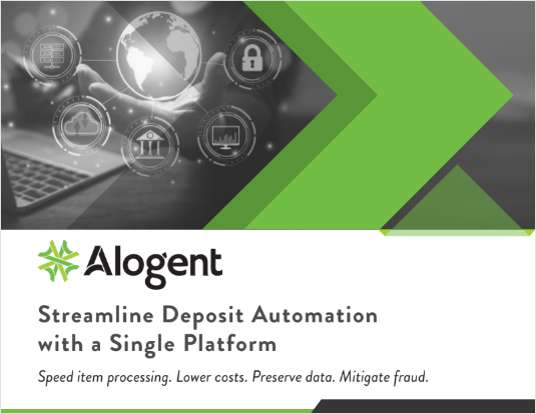WASHINGTON - The decision to launch a member business lending program requires much due diligence including which types of loans to offer, how to go about building relationships and which customized touches to add. These were some of the topics of discussion that were the focus of a Jan. 27 Webinar on member business lending sponsored by Callahan & Associates, Inc. The latest stats show that while MBLs only accounted for 2.7% of the loan portfolio as of Sept. 30, 2004, there is an upward trend for the number of credit unions starting such programs. Indeed, over the past 12 months, MBLs have grown more than three times as much as credit unions' overall loan portfolios, noted Tom Geggel, Callahan industry analyst. Growth for MBLs was 23% compared to first mortgage growth at 11.64%; agriculture loans growth at 13.95%; used auto loan growth at 6.54% and new auto loan growth at 13.98%. Geggel said the spread between the delinquency levels for MBLs versus all loans has closed from more than 200 basis points in 2001 to just over 70 basis points. To have the ability to generate and diversify fee income and reduce pre-pay speeds were among the factors that motivated $1.2 billion Provident Credit Union in San Francisco to launch its MBL program in 1998, said David Herrera, vice president of lending. Provident's MBL outstanding is $112 million, comprising 12.2% of its loan portfolio. "The program has morphed over the last seven years," Herrera said. "We started in multi-family and commercial real estate with a focused market niche in five to 12 units up to $1 million primarily in the (San Francisco) Bay area." Herrera said Provident has a competitive advantage because he grew up in the Bay area, which helps to reinforce local real estate decision making. Like the majority of credit unions, Provident has to contend with the 12.25% MBL cap, Herrera said. As of December 31, 2004, the credit union was at 9.02% of assets and has $110 million in loan balances compared to its limit of $149 million. "We only have $39 million before we reach our cap," Herrera said, adding Provident is forecasted to reach this within two years. To navigate around the cap, the credit union has loan participations among other strategies. Looking ahead, Provident's biggest priorities are more scrutiny of property conditions, maintaining a strict adherence to guidelines and keeping a finger on the pulse of the market including finding out where rents are decreasing and vacancies are occurring. The credit union also plans to branch out into equipment financing, lines of credit, payroll services and trust services. The $1.5 billion Coastal Credit Union in Raleigh, N.C. has $64 million in MBLs outstanding and offers loans ranging from $500,000 to $10 million, said Pete VanGraafeiland, vice president, mortgage services. Its success has hinged on using an established real estate broker network, seeking referrals from doctors, attorneys and accountants as well as retaining member relationships that might shop elsewhere for their business lending needs, he said. Coastal launched its program because of member demand and saw it as a means to generate income, diversify and build assets, VanGraafeiland said. It deals mainly with apartments, shopping centers, office buildings and warehouses. In its MBL's 15-year history, $219 million Chetco Federal Credit Union in Harbor, Ore. has not seen one delinquency or chargeoff, said Joan Kerrie, vice president of lending. MBLs outstanding are at $79 million and make up 47.8% of Chetco's loan portfolio. In February 2004, the credit union received SBA approval to offer 7(a) loans, with $2 million currently on the books. It recently sold three participations because the borrower was close to Chetco's maximum limit. "We were grandfathered in the member business lending regulations" which resulted in Coastal not having to contend with the MBL cap Kerrie said. "We do very few fixed rates and we do (MBLs) mostly for interest rate risk." The credit union tends to "err on the conservative side" when it comes to underwriting, Kerrie noted. Applicants are required to submit a three-year history on cash flow and Chetco primarily works with businesses that have been in operation for at least two years. Chetco avoids auto dealer floor plan financing, agricultural loans and airplane loans and sees the bulk of its business in construction loans, lines of credit and manufactured home dealer floor plans, Kerrie said. The $416 million Trane Credit Union in La Crosse, Wis. was also highlighted for its "plain vanilla" approach which has helped its program carve a niche in commercial real estate. Seventy percent of Trane's business loan portfolio is made up of such loans. It does not offer floor planning or working capital loans and relies strictly on referrals from members. More than 1,600 credit unions have MBLs outstanding according to NCUA call reports, Callahan reported. The average business loan in 2004 was $148,000 compared to a little over $109,000 in 2003. -
Complete your profile to continue reading and get FREE access to CUTimes.com, part of your ALM digital membership.
Your access to unlimited CUTimes.com content isn’t changing.
Once you are an ALM digital member, you’ll receive:
- Breaking credit union news and analysis, on-site and via our newsletters and custom alerts
- Weekly Shared Accounts podcast featuring exclusive interviews with industry leaders
- Educational webcasts, white papers, and ebooks from industry thought leaders
- Critical coverage of the commercial real estate and financial advisory markets on our other ALM sites, GlobeSt.com and ThinkAdvisor.com
Already have an account? Sign In Now
© 2024 ALM Global, LLC, All Rights Reserved. Request academic re-use from www.copyright.com. All other uses, submit a request to [email protected]. For more information visit Asset & Logo Licensing.









